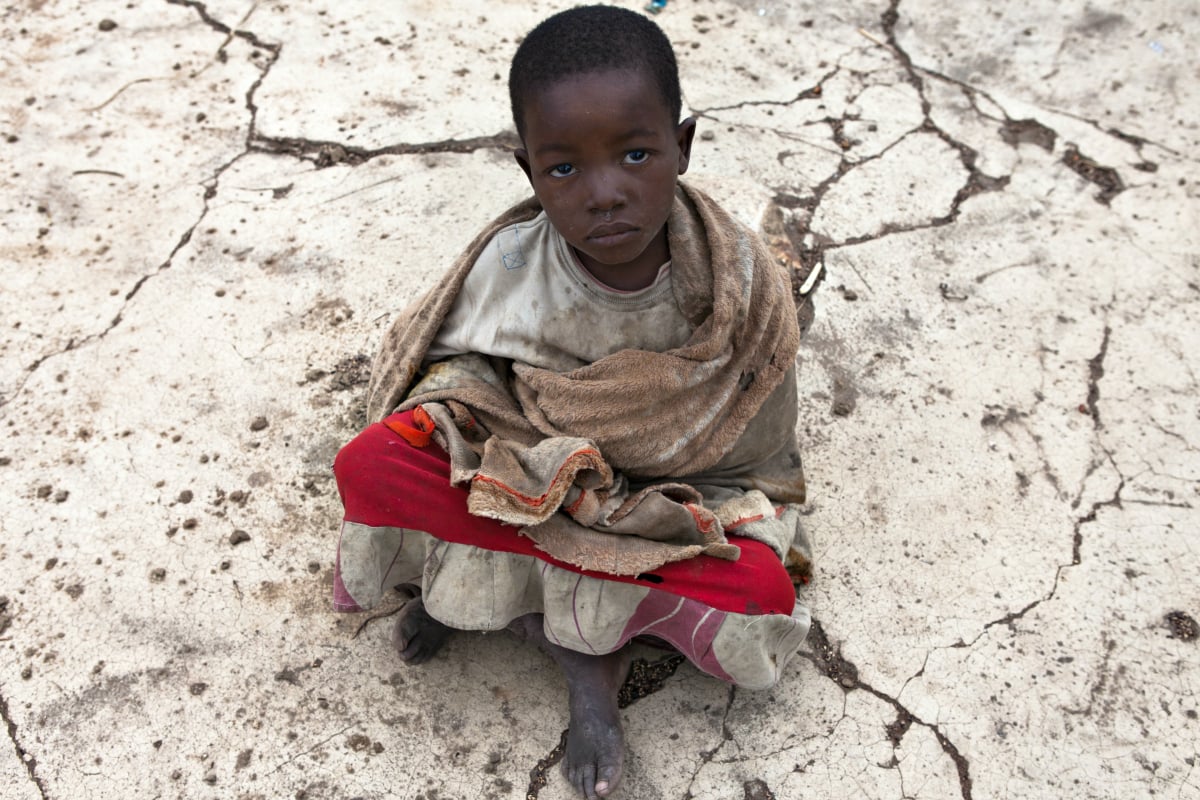
We’ve got 12 years, according to the world’s leading climate scientists. Twelve years to limit global warming from rising above 1.5°C. Even then we and our natural environment are facing a monumental crisis. But just half a degree more, and severe weather will become a new reality for billions, coral reefs will be entirely wiped out, and hundreds of millions more lives and livelihoods will be at stake.
That’s according to a landmark report by the UN Intergovernmental Panel on Climate Change (IPCC) released this week.
Policymakers commissioned the report at the Paris climate talks in 2015, during which world leaders pledged to work toward a global warming cap of between 1.5°C-2°C. With a review of the Paris Agreement coming up in December, the report highlights the need to aim for the more ambitious end of that target.
To achieve that would require transformation of the world’s economy, agriculture and infrastructure on such a substantial scale that, as the UN reported noted, there is “no documented historic precedent”.
But it’s not like the incentive isn’t there. Because according to the UN report, this is what were facing. This is what that half a degree means.
1. At least 10 million more people affected by rising sea levels.
One of the most significant outcomes of global warming is higher average sea levels. This occurs courtesy of melting polar ice sheets and the expansion that water undergoes at higher temperatures, and can lead to flooding, destruction of vital coastal ecosystems and property.
At 1.5°C of warming this rise is projected to be between 26cm and 77cm by 2100. At 2°C, it would be a further 10cm higher, exposing an extra 10 million people to the related risks.
At 3°C of global warming scientists have predicted that several major cities – including Osaka, Shanghai, Rio de Janeiro, Miami and Sydney- could be partially swallowed by the ocean by 2100, displacing roughly 100 million people.




























































































